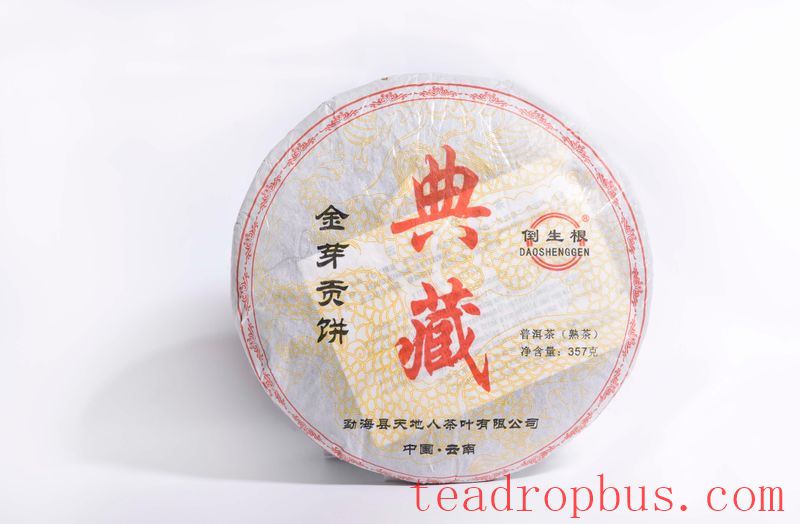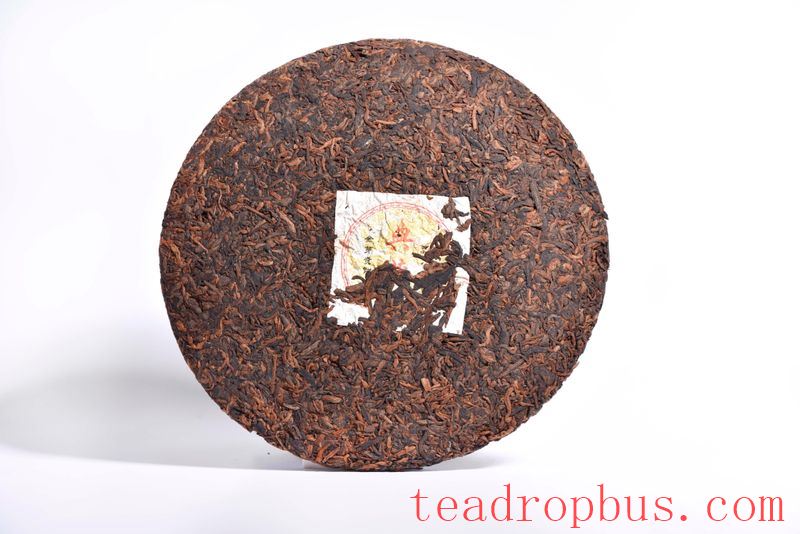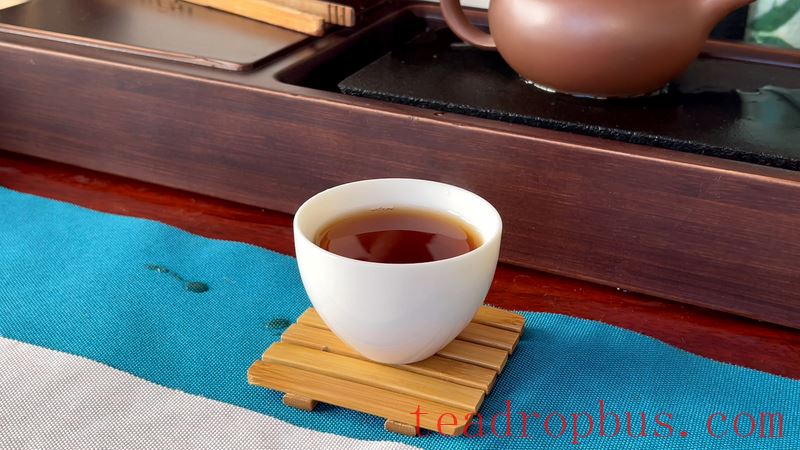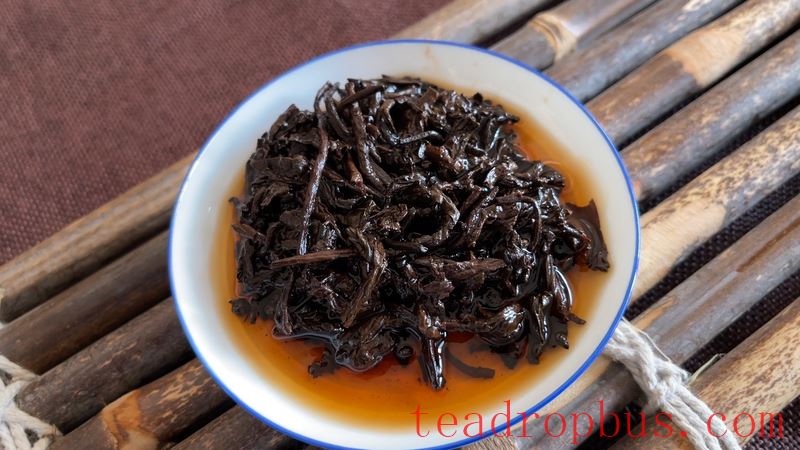Good ripened Tea, whether it has a lotus fragrance, aged aroma, or jujube scent, gives a very pleasant feeling. Its liquor is clear and bright, sweet and smooth, with a texture akin to rice gruel. Poor-quality ripened teas can be due to inferior raw materials, resulting in a bland infusion, or improper storage leading to a damp warehouse smell. Some are due to process issues; under-fermented teas produce an acidic liquor, while over-fermentation can cause the tea to become carbonized, losing its vitality and resulting in a thin and tasteless liquor.

How to Select a Good Pu'er Ripened Tea
1. Appearance
Distinguish good quality Pu'er tea by its appearance: high-quality Pu'er tea has a lustrous and even color, ranging from tender yellow with a milky white hue to yellowish-green, or brownish or reddish-brown if highly fermented. Poor-quality Pu'er tea appears dull and lacks uniformity in color.
2. Aroma
Distinguish good quality Pu'er tea by its aroma: after brewing, good quality Pu'er tea has a pure and rich fragrance, with floral, fruity, or honey-like scents. Poor-quality Pu'er tea, when brewed, has a confusing aroma with noticeable off-flavors that are quite pungent.

3. Liquor
After brewing, the tea liquor should be clear and bright, allowing the leaf base to be visible. Poor-quality Pu'er tea, when brewed, produces a murky and dark liquor with many impurities, making the leaf base indiscernible.
4. Leaf Base
After brewing, the leaves unfurl, revealing their age, color, uniformity, and the reasonableness of processing.

When distinguishing the quality of ripened tea, what should you pay attention to when examining the leaf base?
1. First, check if the color of the leaf base is normal, then examine its brightness, dryness, and any inconsistencies.
2. The age of the leaves can be determined by their softness and elasticity. Soft leaves that do not spring back when pressed indicate good tenderness; hard leaves that do spring back indicate coarseness. Note that the size of the leaves does not correlate with their age, as many ancient tree leaves are large but still tender. Uniformity does not necessarily mean tenderness.
3. Pay attention to how well the leaves have unfurled and check for any impurities. If the leaves appear dark, old, thin, scorched, or show signs of decay or rot, they are indicative of poor-quality tea.

In summary, evaluating both the external appearance and internal quality allows for a comprehensive assessment of the tea's overall quality. Good ripened tea has a pure aroma, normal liquor color, and leaf base, and the liquor tastes pure and pleasant.
Furthermore, when selecting ripened tea, avoid following trends blindly, rushing into purchases, or seeking cheap teas claiming to be from specific ancient tree mountains. Cleanliness is the most critical factor – if the tea tastes clean without any impurities and is enjoyable, that is sufficient. For those who wish to further explore, high-quality ancient tree ripened teas can be tried.
However, at the initial stage, it is recommended that tea enthusiasts choose enjoyable ripened teas.

Characteristics of Spoiled or Inferior Pu'er Tea:
1. Incomplete or moldy appearance, red liquor with impurities, off-aroma, and numbing taste.
2. Mold-covered appearance, liquor is red but relatively bright, moldy aroma, and astringent, prickly, and drying taste.
3. Appearance is brownish-green with signs of mold, orange-yellow liquor with impurities, mixed aroma, and impure, strange taste.